Table of Contents
Designing a game
Approaching a publisher
How do I become a publisher?
Randomness can help a lot with replayability and making sure that a game doesn’t get predictable. It can furthermore help getting less veteran players engaged in the game. It’s much easier for a new player to have a good time playing Catan against a seasoned player, than the same match-up between two chess players. On the other hand, rolling three low values in a row in Risk can make your players feel frustrated. Balancing these to get the right type of output can be very difficult.
There are multiple types of randomness, the most prominent being RNG (Random Number Generators) like dice that are unknown until they are reveiled and hidden information. This is information that is unknown to one or more players (the cards that a player has in her hands).
These sources might help you better fit randomness into your game.
Getting Lucky by Richard Garfield (also see chapter 5 of Characteristics of Games) gives a general overview of what randomness (or luck as he calls it) even means and also general ways to apply it to improve your game.
Flavors of tabletop game randomness by Geoffry Engelstein examines different types of game randomness, when each type is useful, and how to generate and use them in a board game context.
Two types of random by Mark Brown speaks of input randomness (Your opening hand in Magic The Gathering) vs. output randomness (attacking in Risk or rolling the dice in Catan) and how they can influence your player’s decisions in a game.
Psychology of Game Design by Sid Meier is a broad look at how players perceive randomness, rather than how it actually, mathematically functions. Sometimes the 3 just keeps being thrown in Catan and the 8 isn’t thrown once. If that happens too often, your players can disengage.
